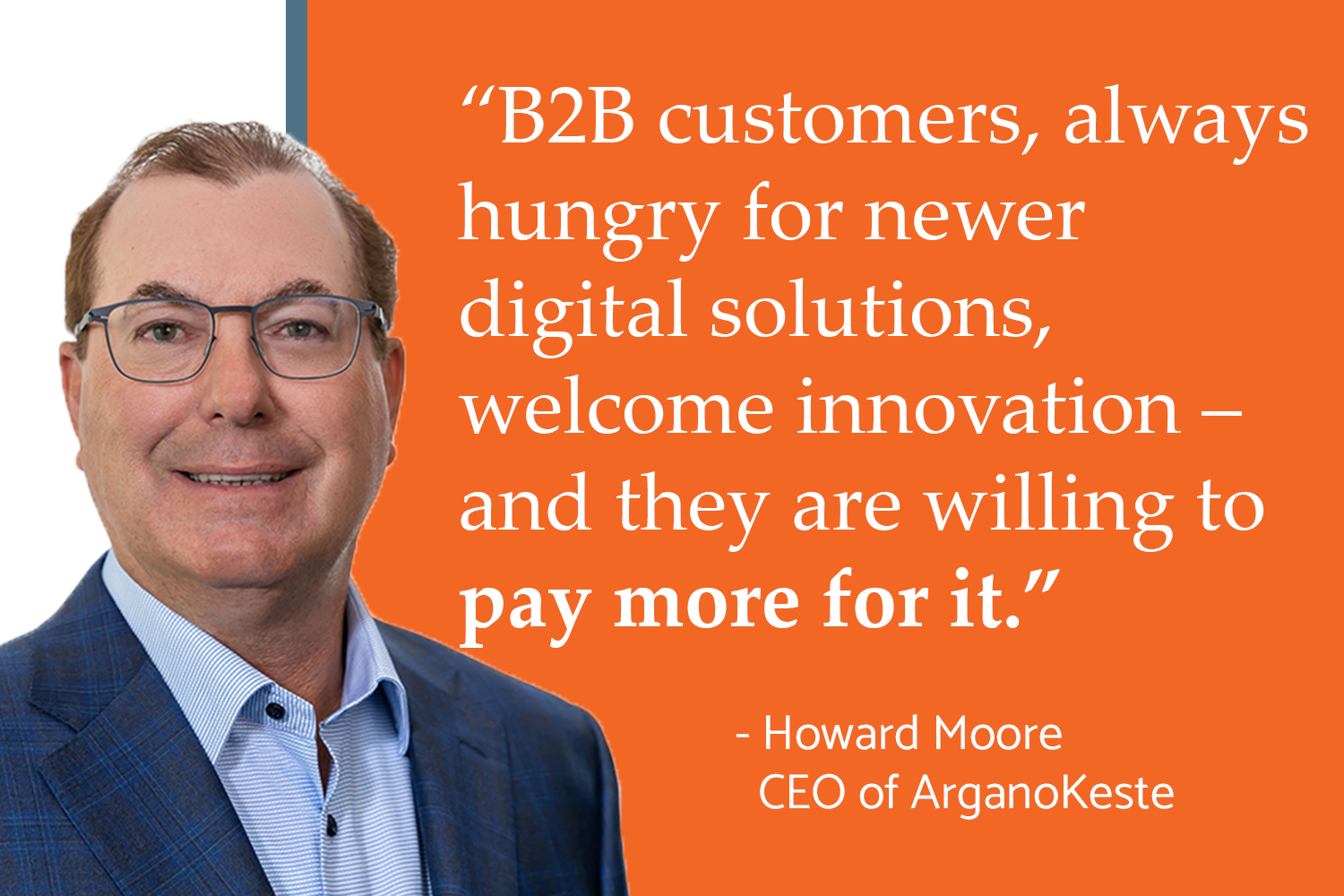
5 Ways to Drive Partner Engagement
Partner business models can be extremely complex. With thousands of partners, each with their own set of expertise and target markets, it can be a real challenge to properly manage them to see their value.
Partner portals, B2B portals, partner communities – they go by a myriad of names. But, no matter what you call them, they can provide endless opportunities and benefits to your partner program… and ultimately your business as a whole.
The key to their success is attaining high user adoption. Conversely, this is also one of its greatest challenges. How do you get your partners to actually use it?
Above all, you need to listen to your partners, understand their needs and meet them head on. This goes for channel partners, resellers, distributors, technology partners and the like. If you do this and provide easy functionality, you’re a shoe-in to improve partner engagement and you’ll see your growth soar, too.
“Gartner anticipates that disrupting the current business models through building sales partner ecosystems will be a game changer.”
– Market Guide for Partner Relationship Management Applications, Gartner, May 8, 2019
Whether you’re starting a partner portal from scratch or looking to enhance your partner community, here are five ways to strengthen your partner program and increase user adoption.
1 Get buy-in from across your organization
Your portal will require collaboration from across your organization to be successful. Specifically, everyone must work together to ensure it is providing a relevant and effortless experience for your partners. Some leaders who don’t have a background in communities may be opposed to providing resources if they don’t see the value. Here, metrics can help.
Marketing should see the partner portal as an extension of their team. By sharing up-to-date and relevant resources, you are opening communication with partners so they can amplify your message. As an added bonus, you can add functionality for channel partners to request market development funds (MDFs) to support efforts that increase brand awareness – taking pressure off your internal teams.
Your sales leaders can benefit from commerce portals which provide self-service buying channels. Partners relish the ecommerce-like experiences for your complex product offerings, putting no-cap on your profitability. Furthermore, the portal provides actionable data into which partner tiers are most successful and where sales should allocate their efforts.
Time-savings is always a good way to get management buy-in, especially for operations. Since it’s nearly impossible to answer all customer needs via email or by phone, a portal opens the door for partners to solve many tasks themselves – tasks that once required customer service reps. This includes attaining information about products, pricing, orders, delivery or account information. You can also create a forum for partners to collaborate with one another to solve issues.
Your CFO needs smooth and efficient business processes, and partner portals reduce overhead, increase sales opportunities, provide expedited payment processes, and enable essential reporting for every step of the way. It’s a win, win, win, win.
2 Clearly define who owns the partner portal
We’ve established it takes a village to power the portal, moreover, there needs to be clear, single ownership to engage with partners and ensure the portal is functioning as intended.
Portals and communities are meant to be accessible 24/7 from any medium. In addition, they need to be updated with the most relevant information to help partners meet their needs and achieve their goals. To maintain this commitment to your partners, assign a senior team member to oversee the portal. This role is your portal champion who can work cross-departmentally to keep the portal a priority and ensure nothing slips through the cracks. This becomes your point person for sharing news and updates about the portal, helping generate excitement about its capabilities.
3 Communicate to build a partner community
Encourage your partners to communicate and listen to their feedback. If users feel that they’re an important part of the community, they’ll feel invested in it.
Start by making the portal your communication delivery system of choice. By responding to feedback as quickly as possible through the portal, you establish that it’s a valuable asset.
Next, consider offering partners incentives through a rewards program that’s trackable on the portal. This shows that you care about your relationship, and it serves as a reminder for partners to visit the portal to see if they’re close to receiving a benefit.
Third, remember to re-engage partners. Specifically, you can send highlights of useful content through a newsletter, reminding them of the portal’s value and keeping them informed of information that’s beneficial to them.
4 Keep content updated
One of the biggest benefits of a portal is that it eliminates partners needing to contact you for simple tasks. Establishing self-service access to the latest information shows your partners its real value.
Evaluate your portal on a scheduled basis to ensure all necessary updates are completely in a timely manner. This doesn’t have to be daunting. For instance, you can delegate specific aspects of the portal to relevant team members or departments to maintain the content. This provides a consistent and seamless experience to your partners.
5 Create more intuitive functionality
Finally, the easier your portal is to use, the more likely it is that you’ll see user adoption grow. To improve portal functionality, solicit feedback from your team and users about any pain points, and then work earnestly to eliminate them.
Questions you may ask:
- Is the portal easy to access and navigate?
- Does the content make sense?
- Is each portal element useful and necessary?
- Which element is used most often?
- Is it well-designed and attractive?
- Does the portal require extensive training?
Look for any opportunities to help users make the most of the portal’s capabilities. A portal that’s easy to use, with assets accessible in a single, secure, mobile-friendly location is hard to ignore.
Build an Effective B2B Portal
There are many ways to build an effective partner portal. But here are a few key steps to help you along your journey.
- Align with key stakeholders
- Establish clear goals for your partner portal or community
- Determine your portal champion
- Research technology (ie: Salesforce Experience Cloud, formerly Salesforce Community Cloud, is a premiere tool to build portals, and many other digital touch points to enhance engagement with your partners.)
- Identify a trusted partner to make your portal a reality
At ArganoKeste, we have 16+ years of expertise designing and building custom B2B portals that drive growth for global enterprises. Contact ArganoKeste today to learn how you can take full advantage of a portal solution.








